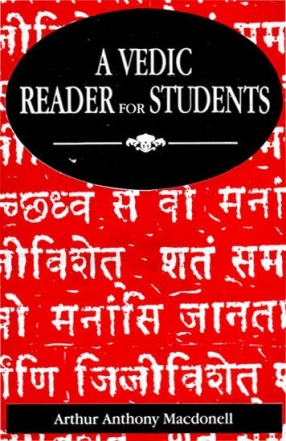
A A MAcDonell

Showing all 11 books

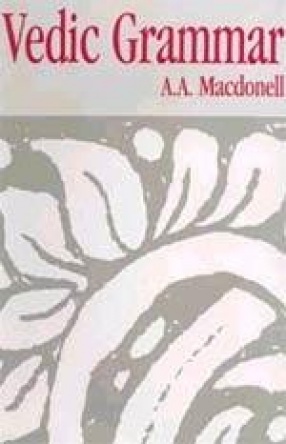
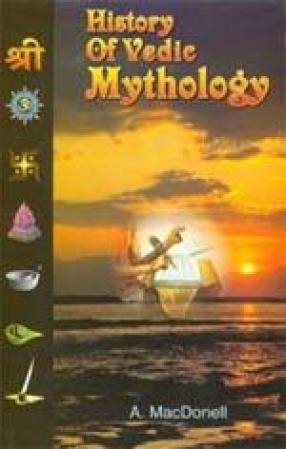
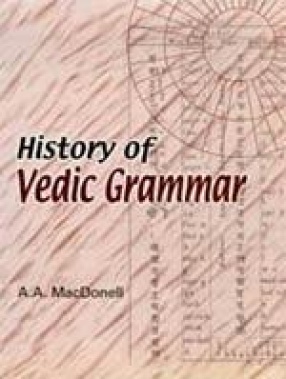
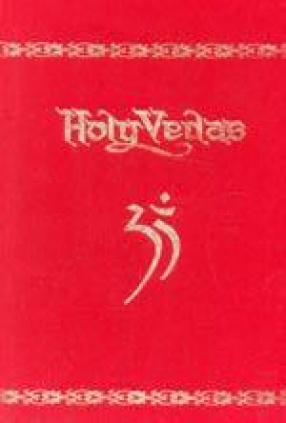
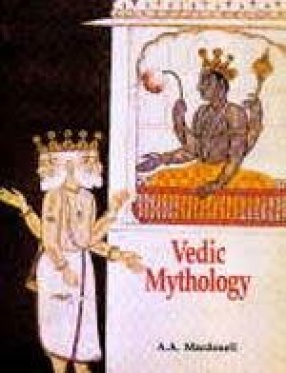
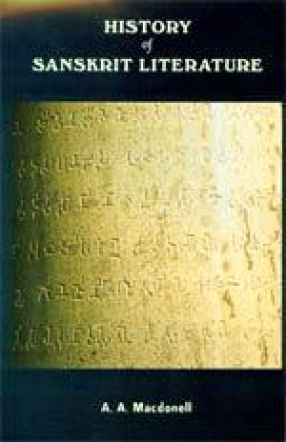

The Reader by A.A. Macdonell is meant to be a companion volume to his Vedic Grammar for Students. It contains thirty hymns selected from the Rgveda Primarily for students who, while acquainted with classical Sanskrit, are beginners of Vedic lacking the aid of a teacher with adequate knowledge of the earliest period of the language and literature of India. In conjunction with the author's Vedic Grammar, the Reader aims at supplying all that is required for the ...

Vedic Grammar was published in 1910 in the important series Grundriss der Indo-arischen Philologie und Altertumskunde (Encyclopaedia of Indo-Aryan Research), edited by Georg Buhler. There is in fact a much stronger and more convincing reason for reprinting this work, and this is the fact that it has not really been supplanted until the present day, at least not by a handbook written in English. Vedic Grammar is the greatest work of Professor Macdonell, a work by ...
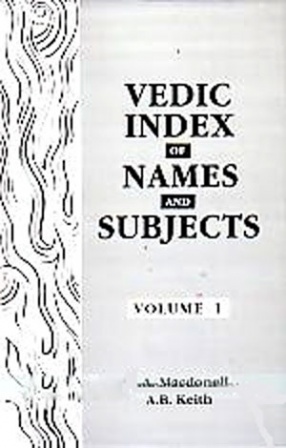
This book contains all the information that can be extracted from Vedic literature on such topics as agriculture, astronomy, burial, clothing, Crimes, diseases, economic conditions, foods and drinks, gambling, kingship, law an justice, marriage, morality, occupations, polyandry and polygamy, the position of women, usury, village communities, war wedding ceremonies, widow burning, Witchcraft, etc.
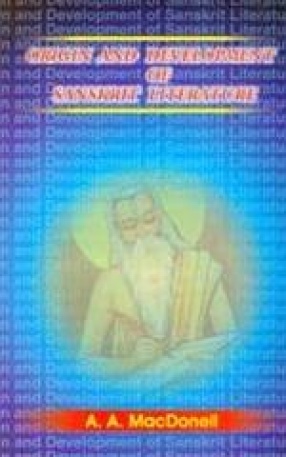
The only book accessible to the English reader on the Origin and Development of Sanskrit Literature in general has hitherto been the translation of Professor Weber’s Academical Lectures on Indian Literature, as delivered nearly half a century ago at Berlin. The numerous and often very lengthy notes in this work supply the results of research during the next twenty-five years; but as these notes often modify, or even cancel, the statements of the unaltered ...

History of Vedic mythology occupies a very important position in the study of the history of religions. Its oldest source presents to us an earlier stage in the evolution of beliefs based on the personification and worship of natural phenomena, than any other literary monument of the world. To this oldest phase can be traced by uninterrupted development the germs of the religious beliefs of the great majority of the modern Indians, the only branch of the ...

Vedic Grammar has never till now been treated separately and as a whole. Both in India and in the West the subject has hitherto been handled only in connexion with Classical Sanskrit. Hundreds of Panini’s Sutras deal with the language of the Vedas; but the account they give of it is anything but comprehensive. In the West, Benfey was the first, more than half a century ago (1852), to combine a description of the linguistic peculiarities of the Vedas with an ...


According to Prof. A.L. Basham's celebrated The Wonder That Was India- The Regveda is the oldest religious text in the world. It is a collection of hymns for use at the Yajnas, sacrifices, of the Aryans. The Sama Veda is a collection of certain verses of the Rigveda arranged for liturgical purposes. The Yajur Veda contains sacrificial formulae to be pronounced by the priest during the Yajna. The Atharva Veda consists chiefly of magic spells and incantations, but ...

Vedic Mythology occupies a very important position in the study of the history of religions. It traces the earliest stage in the evolution of beliefs which constitute the source of religious concepts of the majority of the modern Indians. The book is divided into seven chapters and is well documented with Sanskrit and general index. This book is definitely a valuable contribution to the Vedic mythology.


This book is about the Sanskrit Literature in various aspects e.g., Sanskrit literature in ancient or vedic period, later vedic period, early post vedic period, epic and classical literature and technical literature. Vernacular and Indian languages have also been touched. Sindhi, Bengali, Assamese, Tamil, Malayalam have also been touched. Religious and literary personalities such as Tukaram, Rabindranath Tagore have also found place in the ...
